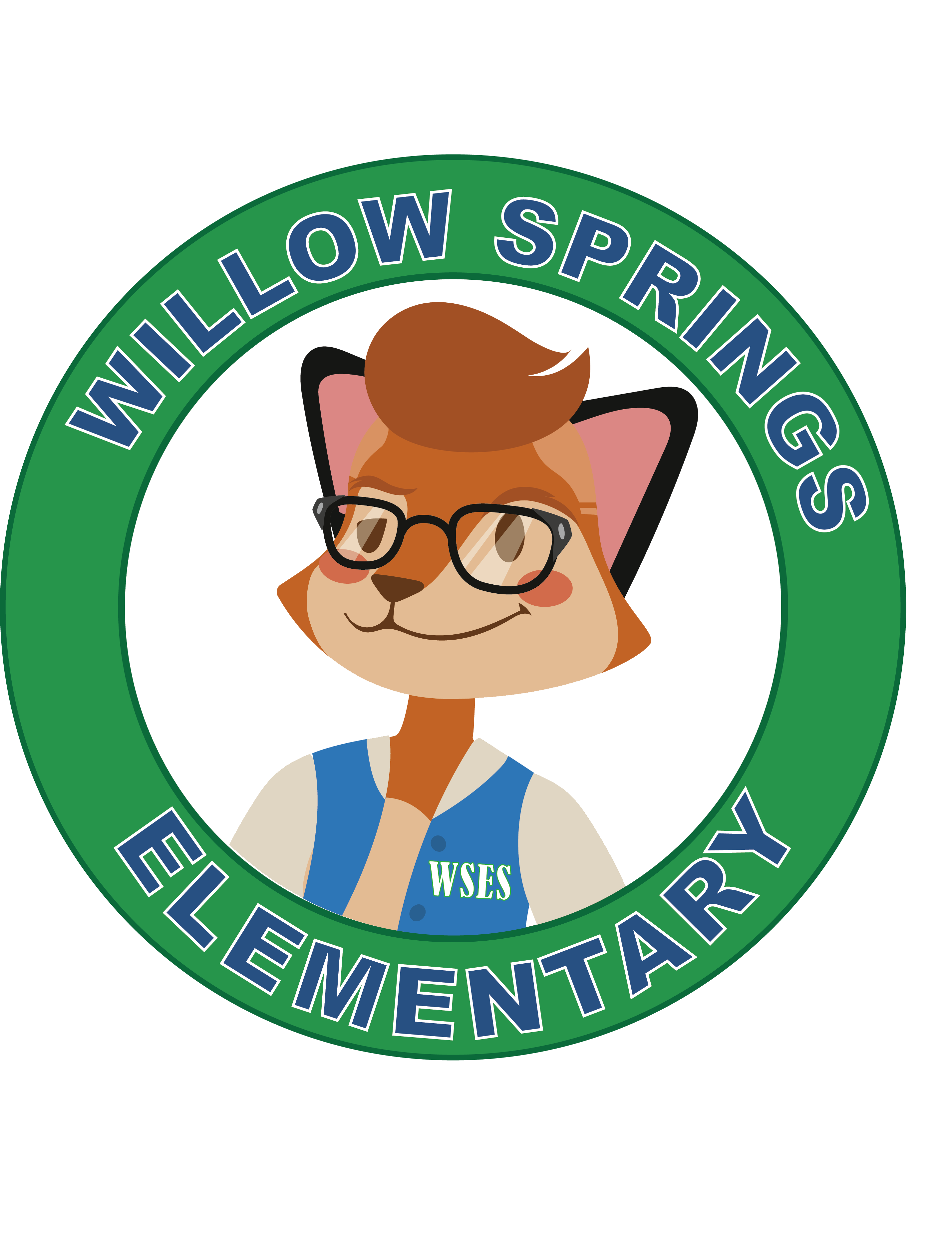School Innovation & Improvement Plan
An at-a-glance look at outcome goals for this academic school year
School Innovation and Improvement Plan
- 2023-2024
- Willow Springs Elementary School
- Region 5
- Dylan Taylor, Principal
Reading by Third Grade
Outcome
- By June 2024, our Reading SOL pass rate for students receiving special education services in grades 3-6 will increase by 5%, resulting in a 70% pass rate.
Strategy 1
- Increase use of data (e.g., iReady, CORE, PASS, PRF, WIDA) to plan instruction and monitor progress for students demonstrating risk. (HLP 2-5).
Actions 1, 2, and 3
- Teachers will attend professional development to identify student strengths and areas of need to provide targeted small-group instruction.
- Grade-level teams, our intervention support team, and our instructional team will collaborate to identify students for High Impact Tutoring support and to monitor student growth.
- Evidence-based at-home resources will be shared with families to support the development of word recognition outside of school.
Strategy 2
- Expand access to evidence-based tier 1 instruction and intervention for students demonstrating risk in a multi-tiered system of supports. (HLP 1-5).
Actions 1 and 2
- As a staff, we will increase our use of instructional techniques that are designed to support English Learners and are beneficial for all students (visuals, realia, movements, etc.).
- Collaborative learning teams will unpack and pace phonics and word resources to provide systematic, explicit instruction in word recognition to all students daily.\
Strategy 3
Increase the impact of tier 2 interventions for students demonstrating risk by using FCPS-recommended programs and practices with fidelity (e.g., Lexia, UFLI). (HLP 5).
Actions 1, 2, and 3
- Students identified as needing early reading intervention will receive targeted small-group instruction from their general education teacher using FCPS-recommended programs.
- Staff members implementing early reading interventions will write targeted goals for students and monitor individual progress.
- Kindergarten through third-grade staff will attend training on evidenced-based early reading intervention resources to support students needing Tier 2 small-group instruction.
Algebra 1
Outcome
By June 2024, Math SOL pass rate for students receiving special education services in grades 3-6 will increase by 5%, resulting in a 69% pass rate.
Strategy 1
- Use conversation structures to increase the pass rate.
Actions 1, 2, and 3
- As a school, we’ll hold professional development sessions with staff that introduce them to Shift 4 (from show and tell to share and compare) and Shift 8 (from a focus on correct answers to a focus on student thinking) and allow them to self-assess and set personal goals.
- Based on staff goals, we'll provide individualized feedback and support for members of our guiding coalition (innovators and early adopters) focused on strengthening tier 1 instruction using practices and teacher moves related to Shift 4 and Shift 8.
- As a leadership team, we’ll collaborate with our innovators and early adopters to provide opportunities to lead turn-around training with all staff on student discourse based on the practices they've found most effective for students.
Strategy 2
Increase teacher implementation of explicit instruction and other components of effective mathematics intervention.
Actions 1, 2, and 3
- We’ll conduct professional development sessions with staff on using Ready Set Math for targeted small-group instruction and progress monitoring.
- Grade-level teams, our intervention support team, and our instructional team will collaborate to identify students for High Impact Tutoring support to monitor student growth.
- Collaborative learning teams will hold quarterly data dialogues using formative and summative assessments to identify instructional next steps for students.
Positive School Climate: Safe, Supported, Included, and Empowered
Outcome
By June 2024, student feelings of belonging will increase by 10%, as evidenced by an increase in the 3-6 grade social-emotional learning screener question, "How much do you feel like you belong at your school?"
Strategy 1
Tier 1 Strategies for all students- Improve implementation fidelity of Tier 1 explicit skills instruction and application opportunities related to SEL.
Actions 1, 2, and 3
- Counselors will lead quarterly social-emotional learning professional development for grade-level teams to review essential practices, share resources, reflect, and review student data. Staff will self-reflect on what is working and areas of growth.
- Our Wellness Team will create social-emotional learning resources for teachers and staff to use with students.
- Our Wellness Team will create schoolwide buddy classrooms that meet monthly to focus on activities that increase a sense of community and belonging using school-created social-emotional learning resources.
Strategy 2
Tier 2 strategies for all students- Improve implementation fidelity of Tier 2 explicit skills instruction and application opportunities related to SEL.
Actions 1, 2, and 3
- Through our Mentorworks Program, we will provide targeted school-wide support for students in grades 3-6 using data from our fall 2023 social-emotional screener.
- Staff will use data from our fall 2023 social-emotional screener to identify and plan targeted small-group opportunities for students in grades 3-6.
- Our Wellness Team will implement a school-wide positive behavior referral program to recognize students and highlight positive behaviors.
For additional information regarding this School Plan, please contact Principal Dylan Taylor.
